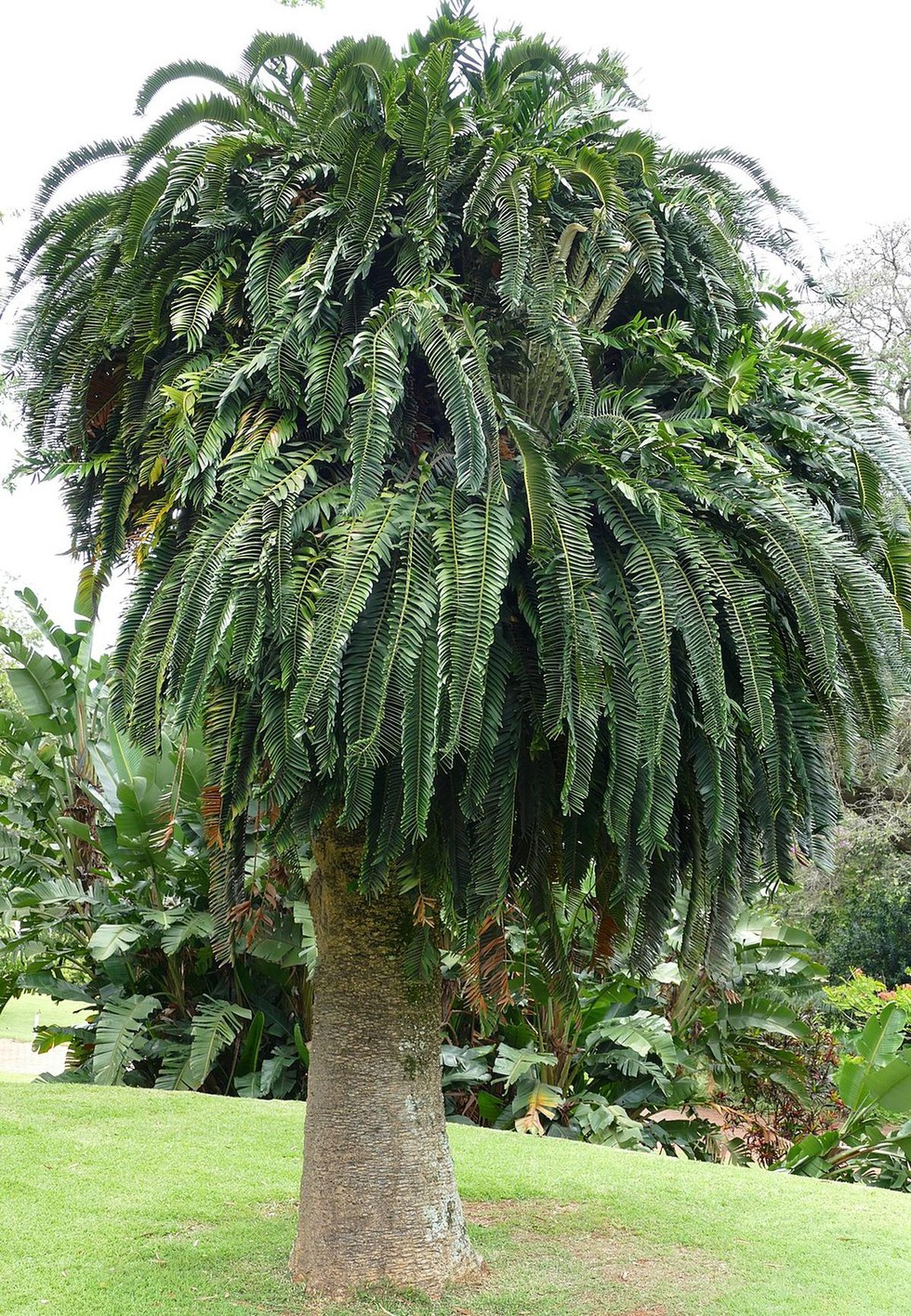
About Encephalartos woodii:
South India’s first and the country’s...
The Indian Air Force (IAF) recently p...
Ahead of the implementation of the ne...
The Russian Black Sea Fleet (BSF) rec...
Astronomers recently discovered five ...
Recently, the Indian Air Force and Eg...
In recent times biomass briquettes ar...
Days ahead of the implementation of t...
Recently, the Australian government e...
Recently, Ladakh has become the first...